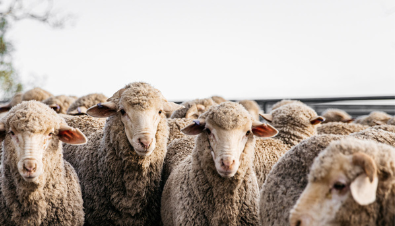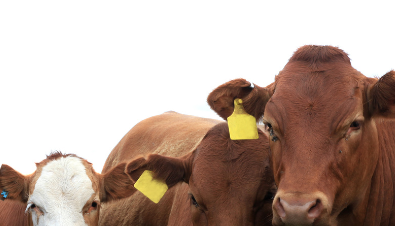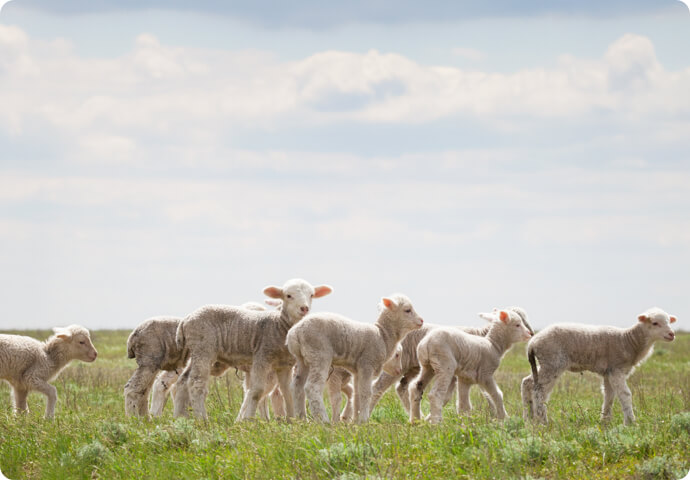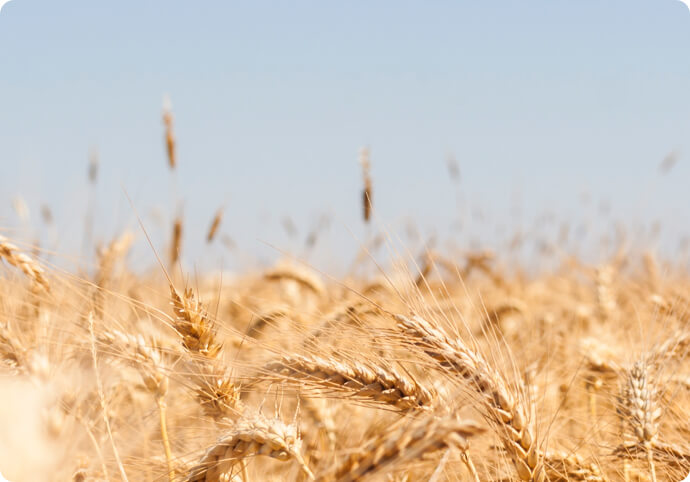Waste products
Maintaining good farm hygiene can minimise cross-contamination and pest population build-up. Waste generated through cropping and harvesting practices must be disposed of appropriately to reduce the biosecurity risk.
Green waste (eg fresh mulch, green crop debris, slashed weeds) can be beneficial if treated correctly. However, careful and timely management is required to reduce the risk of outbreaks of unwanted pests.
Appropriate disposal mechanisms for plant waste include total removal, deep burial (away from production areas), burning (where restrictions permit) or hot composting. Waste should be disposed of immediately and undertaken in combination with an effective monitoring/ pest management program. If immediate removal is not possible, the waste should be contained separately to production areas and covered.
Appropriate disposal mechanisms for plant waste include hot composting or delivery to a dedicated waste management facility.
Ensure that no soil, plant material or insects are left adhering to vehicles, bins or other equipment (including hand tools) that are used on farm.





